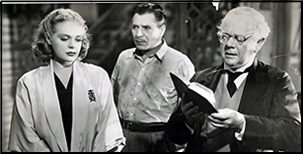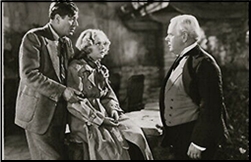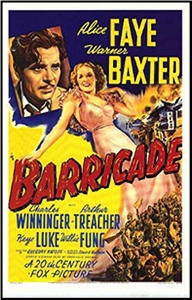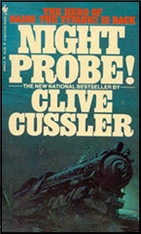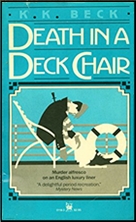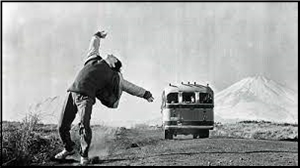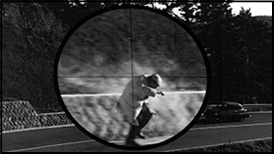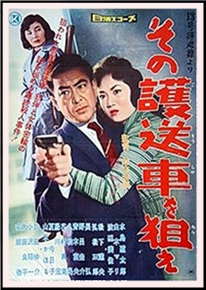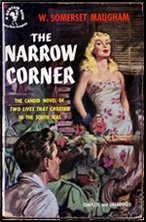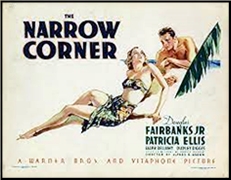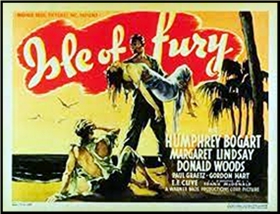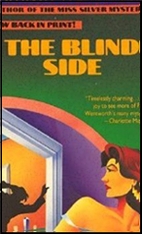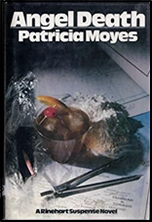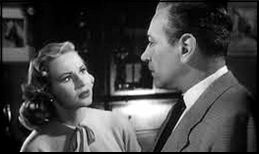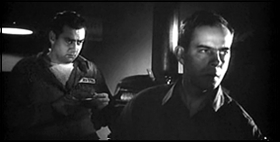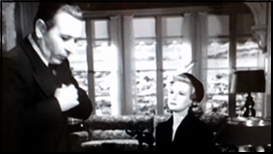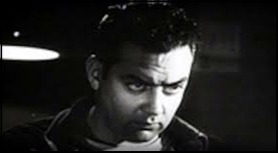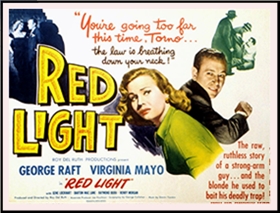Mon 10 May 2021
Mystery Review: MILES BURTON – The Man with the Tattooed Face.
Posted by Steve under Reviews[7] Comments
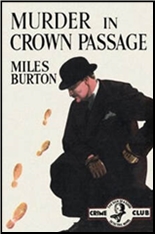
MILES BURTON – The Man with the Tattooed Face. Inspector Henry Arnold & Desmond Merrion #15. Doubleday Crime Club, US, hardcover, 1937. Previously published in the UK as Murder in Crown Passage (Collins, hardcover, 1937). Albatross Mystery Club #436, paperback, April 1939.
The face of the dead man found in Crown Passage, a narrow walkway in the small village of Faston Bishop, is indeed marred by tattoos, those of a suspiciously Chinese origin. He had been hit over the head by the proverbial short but very blunt instrument. Unaccustomed to dealing with violent crimes of this nature, the local police force calls for help almost immediately.
Enter Inspector Arnold of Scotland Yard. Even though the dead man worked only at odd jobs as a poor labourer, he never seemed to have been short of money, and he always sat in the more elite section of the local pub. After a few rounds of questioning, Arnold soon has a theory of the case, even down to who done it. This is on page 100 or so of a 280 page novel, so of course we know he’s wrong.
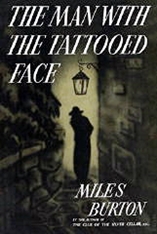
And so does his friend Desmond Merrion, a former military intelligence officer who often assists Arnold on his various cases, and he doesn’t hesitate in telling the latter so almost as soon as he’s been briefed on the investigation. They do make good pair, though, as they begin looking at the evidence again.
This is one of those detective mysteries in which almost no action takes place; only a nearly non-stop series of conversations with everyone who is even tangentially involved. Some minor coincidences take place, and I quibble a bit about one aspect of the killer, but no more than that. Modern mystery fans would, I imagine, be bored to tears. But not I, nor probably you, if you have read this far into this review.
As for me, I loved it. Quiet, polite, and subdued is what I needed when I started this one, and that is exactly I got. And so will you, if you ever manage to find a copy. When last I looked, there were no copies anywhere to be had on the Internet. John Rhode’s books are being reprinted – he’s another of the author’s pen names, the author in question being Cecil John Charles Street – why aren’t Miles Burton’s? There are 61 in all, most of them yet to be published in this country. Help, someone!
NOTE: I have read the book once before, and I wrote a review of it back in 1980. It was posted here on this blog in 2013. Here’s the link. I deliberately did not look at this earlier review before writing this later one. I am surprised but pleased to see how similar the two reviews are.
